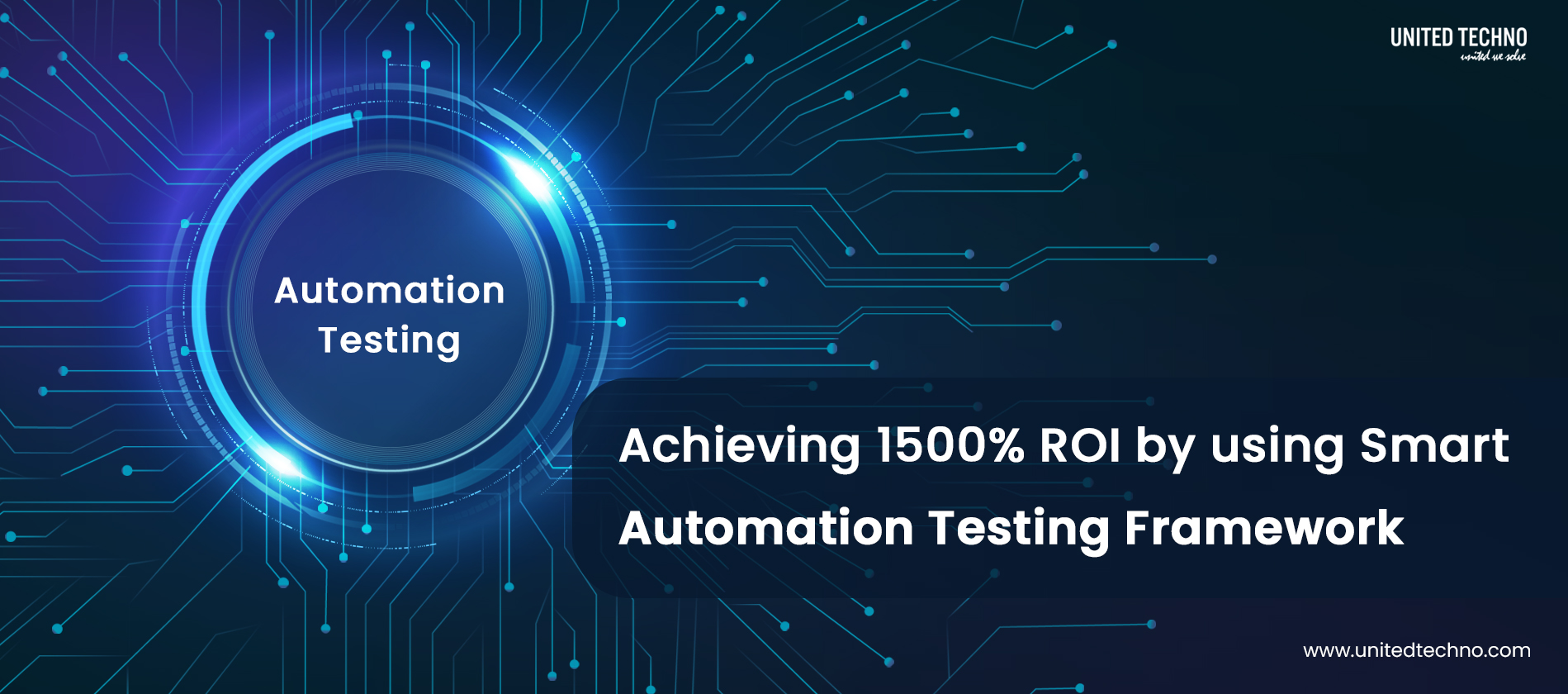Client Overview
A leading American biopharmaceutical company headquartered in California, specializing in the development of antiviral drugs.
Project Overview
Our team was tasked with supporting the client’s Identity and Access Management (IAM) onboarding project, which was built using the Sailpoint IAM tool. Initially, the client requested manual testing, as they had stringent regulatory requirements that mandated detailed documentation of every test case, step-by-step procedure, and expected versus actual results. These detailed reports were critical for future audits and validation to ensure compliance with industry regulations.
Challenges
Testing each new application being onboarded into the IAM system presented a significant challenge. Due to the level of detail and thorough validation required, it typically took the team one month to complete the testing for each application. This process required four offshore resources to work full-time alongside one onsite lead, resulting in a large resource allocation. The need for extensive documentation, including expected and actual results with screenshots for every test step, further contributed to the time-consuming nature of the process.
Solutions
To address this challenge, we identified key opportunities for improvement and efficiency gains by implementing a robust automation strategy. Our approach began with the creation of reusable templates that standardized the format and structure of test cases. These templates significantly streamlined the initial test creation process. Once the templates were in place, we progressively automated the execution of those tests.
We developed a smart automation framework using Selenium that could integrate seamlessly with the client’s existing test management tool (ALM). The framework was designed to automatically pull the test case steps from ALM, execute the relevant components of the test, and record the actual results back into ALM. Each step was meticulously documented with a corresponding screenshot to meet the client’s requirement for detailed reports. The framework was further enhanced to capture both expected and actual results, ensuring that the tests aligned with the strict regulatory standards in place for the pharmaceutical industry.
Additionally, we built in capabilities for the framework to run tests for multiple applications in parallel, which helped expedite the onboarding process. The automation allowed for continuous feedback and instant validation, reducing the likelihood of human error and ensuring comprehensive testing coverage.
Results
The implementation of the automated testing framework resulted in significant efficiency improvements. Where previously, testing the onboarding of a single application required four resources and took an entire month, we were able to reduce this to just one resource completing the testing within a week. This accelerated timeline was achieved without sacrificing the quality or regulatory compliance required by the client.
The reduction in the number of resources and the time required to complete each testing cycle resulted in substantial cost savings. In fact, the project’s return on investment (ROI) was calculated at approximately $3 million, representing a 1500% improvement in efficiency and cost-effectiveness. Moreover, the client was highly satisfied with the detailed reporting capabilities, which not only met but exceeded their expectations for compliance and auditability.

